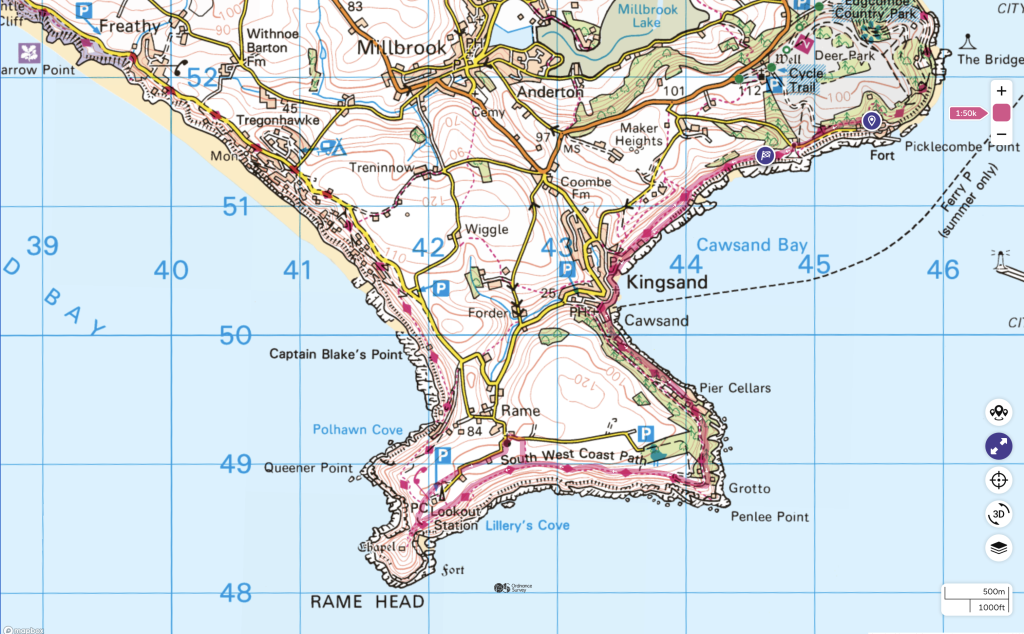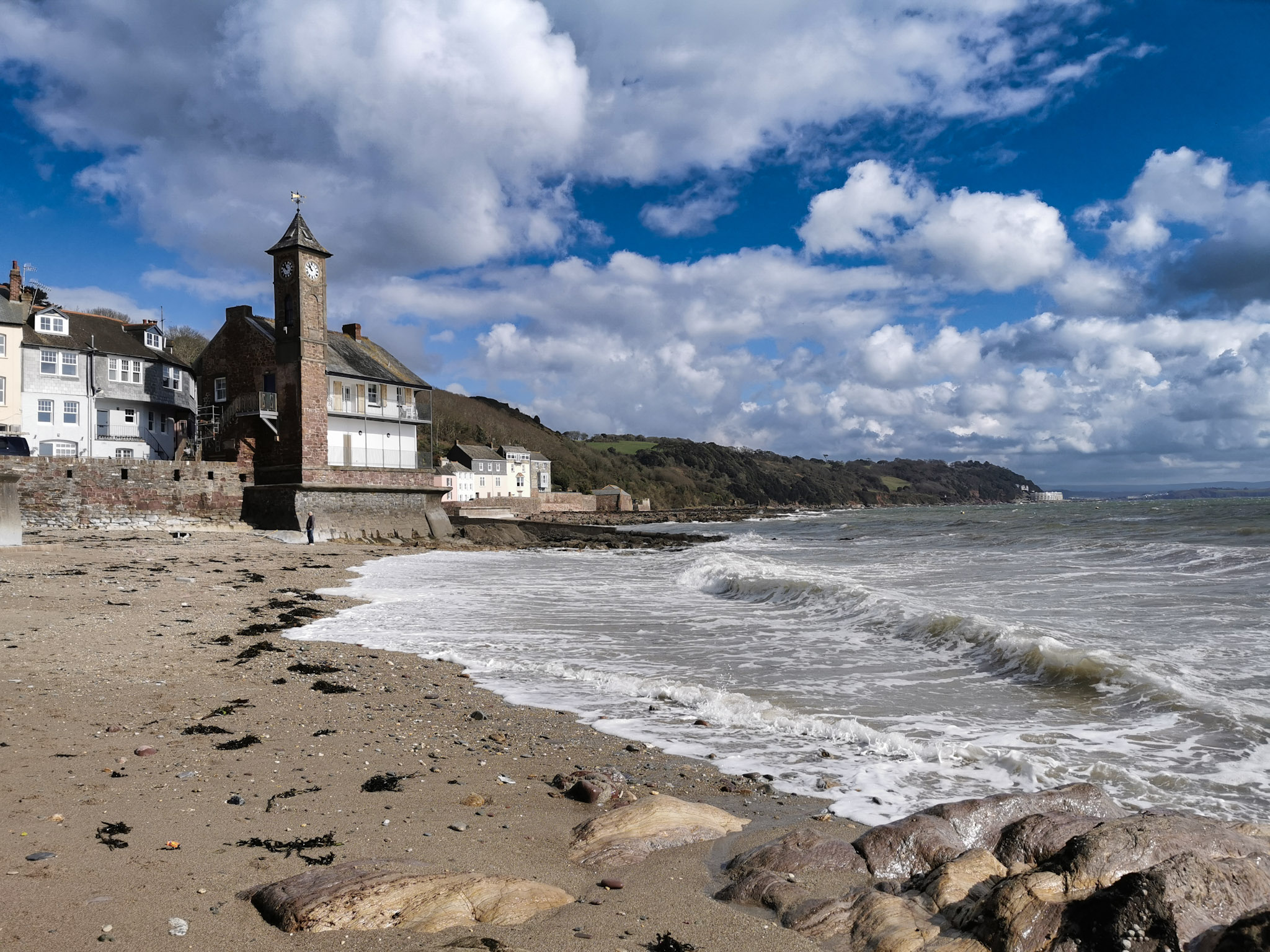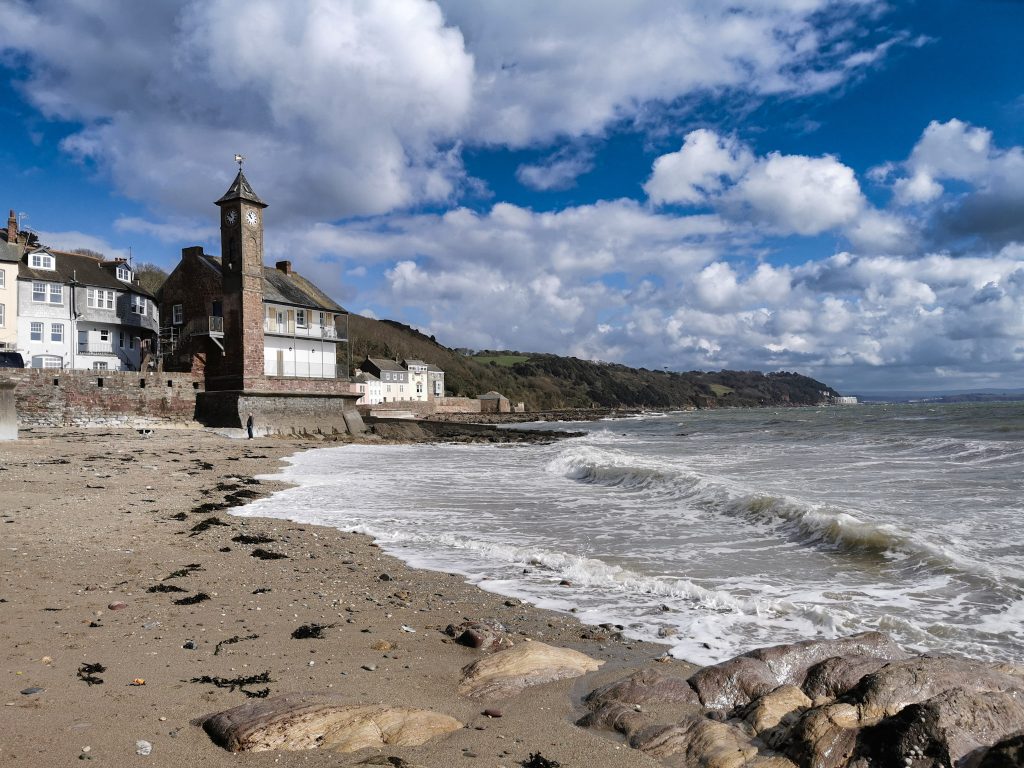Rame Head & St Michael’s Chapel

Kingsand – The sand of the King
Cawsand – Cow + Sand.
This walks starts at Fort Picklecombe in Cornwall.
The Historical Enigma of Fort Picklecombe
Nestled on the southeastern coast of Cornwall, England, lies a historical marvel known as Fort Picklecombe. This fort, with a history spanning over 150 years, stands as a testament to Britain’s strategic defense planning during the mid-19th century.
A Defense Against Invasion
The inception of Fort Picklecombe was commissioned by Lord Palmerston, who served as the Foreign Secretary and later Prime Minister under Queen Victoria. The primary purpose of this fort was to safeguard Britain, an island nation, from potential large-scale enemy invasions, particularly from France.
A Guardian of Devonport
Strategically located, the fort was designed to defend the significant naval base at Devonport in Plymouth. The construction of the fort took place between 1864 and 1871.
An Impressive Armament
Upon completion, the fort was armed with an impressive array of forty-two 9-inch and 10-inch muzzle-loading guns. Despite its formidable armament, it’s interesting to note that not a single shot has ever been fired in anger from the fort.
A Residential Complex Today
Today, the fort has transformed into a residential complex, offering a unique living experience steeped in history.
In conclusion, Fort Picklecombe is a fascinating blend of historical significance and modern utility, making it a noteworthy point of interest in Cornwall, England.
Read more in the book Forts or Follies?
The walk took us along the coast road, then along the beach into the twin villages of Cawsand and Kingsand. At one point in history, Cawsand was in Cornwall and Kingsand in Devon and the villages divided by a small stream. They sport some beautiful architecture and beaches. As we walks through the villages, we stopped to look at what was probably an old pub, an lady of later year promptly appeared through the door and demanded we go in to try the coffee and cake. It turns out The Old Ship Inn was burnt down in 2013 and The Peninsula Trust has undertaken to restore it to provide accomodation for local people.
We dutifully tried the coffee and cake in the Old Ship Inn and were prompted again by another woman of a certain age to “try out the coffee and cake” as were leaving. The beaches in Cawsand and Kingsand are truly lovely. We had them pretty much to ourselves during our brief visit but then we were visiting out-of-season. The villages market themselves as ‘a forgotten slice of Cornwall’ but I reckon they are probably heaving in the Summer. I must not forget to mention that Cawsand was the site of a Spanish invasion in 14 March 1596. Some 25 Spanish sailors attacked the village and burnt a couple of fishing vessels. They were quickly fended off by gun fire and the militia from Portsmouth. This lead to a significant increase in the arming of the coastline.
We carried on up Pier Lane which lead us up hill and into woodland. To our left was a glorious view down through the trees to the rocks and see beneath. As we climbed, the sheerer and more breathtaking the view. We visited Queen Adelaide’s Grotto – this is a stone built watch house dedicated to the wife of William IV. The views from there at Penlee Point are quite stunning. Next, we continued the trek westward towards our goal. At one point we could see a warship and at another point a submarine far out to sea but clearly visible.
We arrived at the approach to St Michaels Chapel in a force 8 gale. The weather was bright and warm but the wind was incessant. The land thins away on both sides as you begin the climb up the worn old steps. At this point I felt rather sick and queasy and had to sit down. Some kind of weird vertigo prevented me from moving further. My son, on the other hand, was fine and he finished the walk to the chapel on his own.


